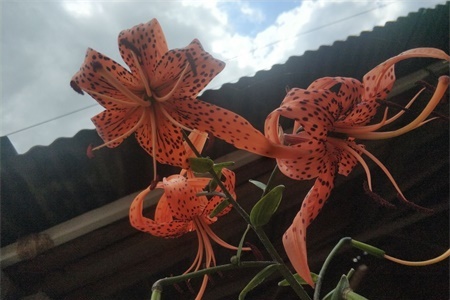Methods of pollution-free control of vegetable diseases and insect pests
In the production of vegetables, when using pesticides to control vegetable diseases and insect pests, we must be careful, a little negligence, it will cause environmental pollution and even endanger the lives of human, livestock and poultry. The following eight pollution-free prevention and control methods of diseases and insect pests are introduced for vegetable friends around the country to choose.
I. Prevention and treatment of botanical or low toxic agents
1. Peach leaves to treat aphids with 5 kg peach leaves, 50 grams of quicklime, 75 kg of water, soaked for 24 hours, filtered and sprayed evenly. This method can not only control vegetable aphids, but also treat bedbugs and fleas in the barn.
two。 Pepper juice to control aphids and leaf rollers was mashed with 0.5 kg of pepper, 30 kg of water was added, soaked for 24 hours, filtered and sprayed evenly.
3. Wild pole liquid to treat aphids, red spiders with 0.5 kg of wild pole plus 10 kg of water, soak for 10 minutes, filter and spray evenly.
4. Washing powder to control aphids and red spiders is sprayed with 1% neutral laundry powder.
5. Tobacco powder to control vegetable aphids and yellow fleas grind tobacco into fine powder and sprinkle with a small amount of lime powder.
6. Fresh cow urine was used to treat aphids with 30 kg fresh cow urine per mu and 30 kg water was added. The urine was evenly sprayed on the leaf back of the plant from 8 am to 6 pm. After 24 hours, the effect of killing aphid was more than 90%.
II. Prevention and control methods for protection and utilization of natural enemies
Spiders, ladybugs, mantis, dragonflies, green worms, walking insects, frogs, bats, swallows, geckos and parasitic wasps are all "nemesis" of many kinds of pests and should be protected and utilized.
III. Repellent method of plant intercropping
The secretions of some plants can repel certain pests or germs. The purpose of controlling border diseases and insect pests can be achieved by means of mixed cropping or intercropping. For example, intercropping of cruciferous vegetables such as Chinese cabbage with lettuce or mint can ward off green insects, garlic and rape, and aphids; garlic and cotton can ward off cotton aphids; tomato and cabbage intercropping can ward off cabbage pests; onion and pea intercropping can prevent pea black spot; leek and Chinese cabbage intercropping can prevent Chinese cabbage soft rot.
IV. Law of driving out and killing
Some pests have phototaxis, while others are repellent, like sugar, vinegar, wine and weeds, which can be trapped and killed by the habits of pests. For example, installing black lights, high-pressure mercury lamps and vibrating insecticidal lamps on fish ponds can turn a large number of pests into fish feed; kill crickets with weeds; kill tigers with sugar, vinegar and wine; and plant several castor plants in peanut fields. Beetles can be poisoned to death by eating castor stems and leaves.
Related
- Fuxing push coffee new agricultural production and marketing class: lack of small-scale processing plants
- Jujube rice field leisure farm deep ploughing Yilan for five years to create a space for organic food and play
- Nongyu Farm-A trial of organic papaya for brave women with advanced technology
- Four points for attention in the prevention and control of diseases and insect pests of edible fungi
- How to add nutrient solution to Edible Fungi
- Is there any good way to control edible fungus mites?
- Open Inoculation Technology of Edible Fungi
- Is there any clever way to use fertilizer for edible fungus in winter?
- What agents are used to kill the pathogens of edible fungi in the mushroom shed?
- Rapid drying of Edible Fungi



